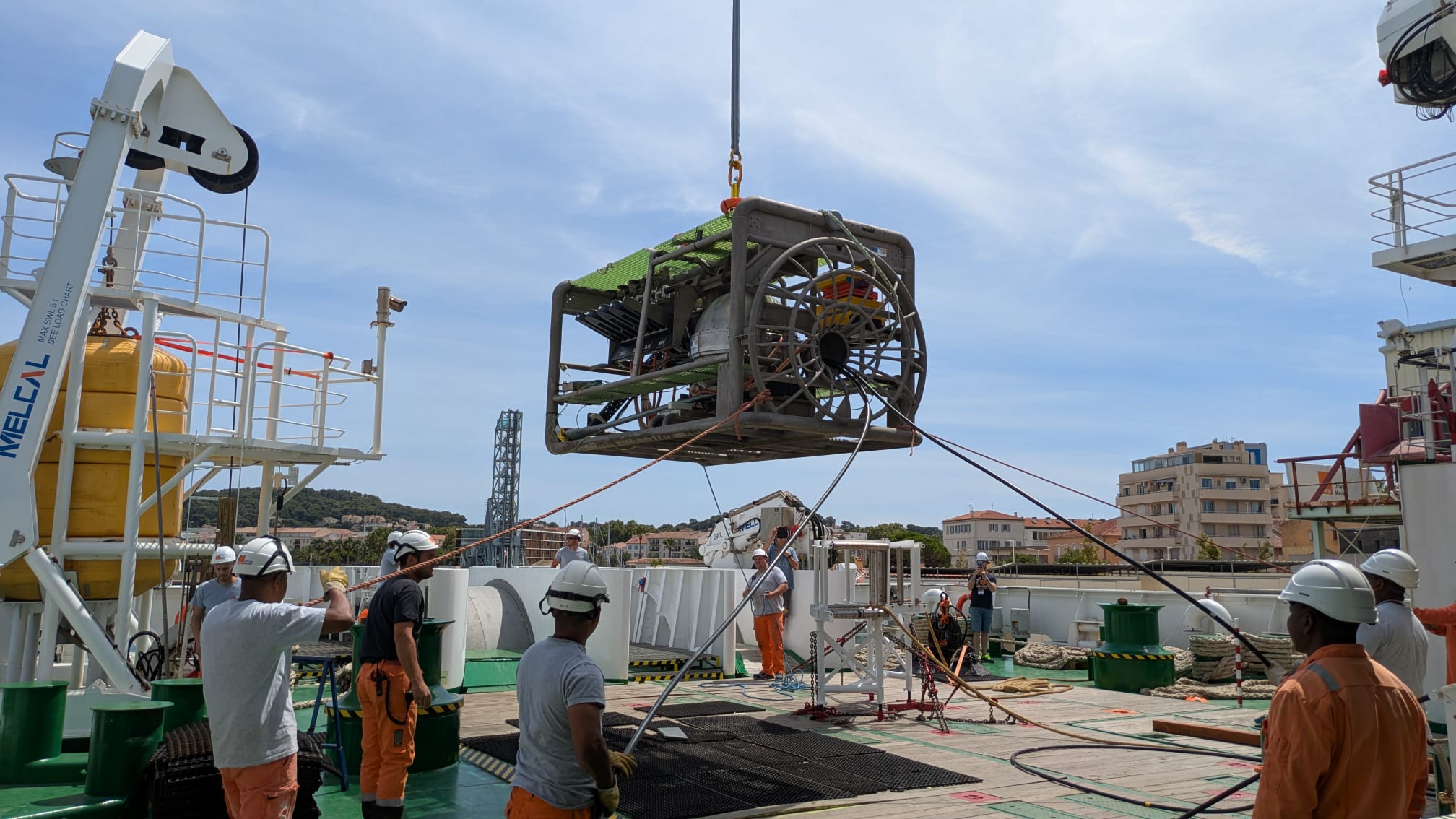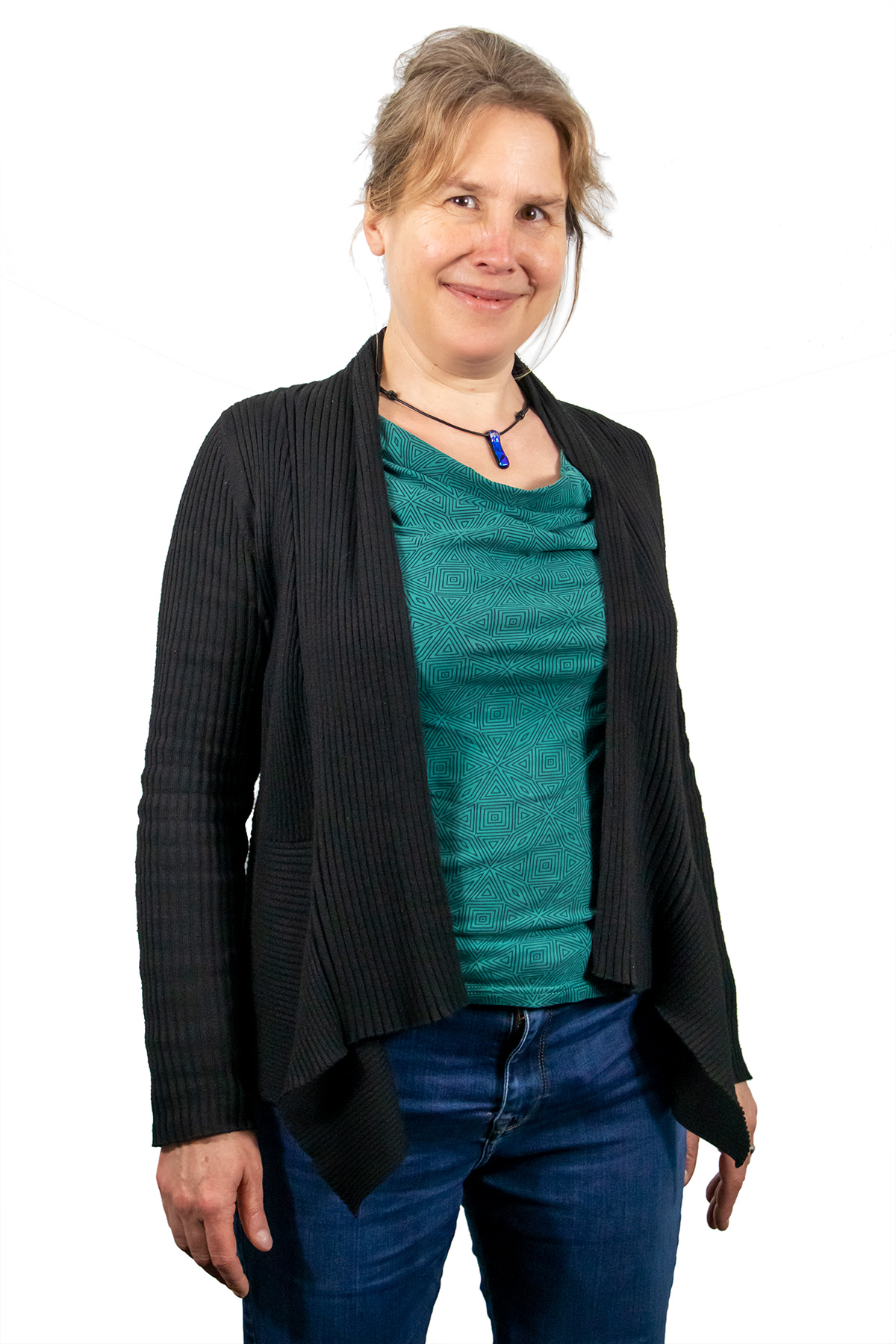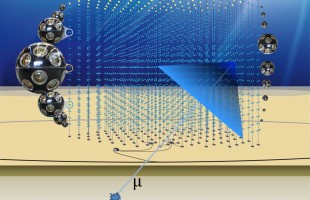In mid-August, a connection point for the KM3NeT neutrino detector was successfully installed on the seabed in the Mediterranean Sea near Toulon. Four detector lines are also connected to this point.
The connection point was placed on the seabed at a depth of 2,500 meters from a cable ship with the help of a submarine in the electro-optical cables that connect the detector to the ORCA control station on shore. “This is an important expansion,” says neutrino physics programme leader Dorothea Samtleben of Nikhef.
To this end, the cable was brought to the surface, after which the connection point was connected on board the ship. The whole thing was then sunk again, landing on the seabed with an accuracy of one meter. The unit has space for a total of 24 lines. In the autumn, six more lines will be installed in addition to the current four, according to the plan.
ORCA is the French part of the KM3NeT neutrino detector currently under construction. A total of 115 lines with ‘sensor spheres’ (Digital Optical Modules or DOMs) will be placed on the seabed in this section. The bulbs in the DOMs pick up light that is created when neutrinos from space hit water molecules. Combining the signals makes it possible to reconstruct traces, thereby finding sources and determining physical properties.
Nikhef is one of the partners in the international KM3NeT project. The institute is building large numbers of DOMs in Amsterdam for the lines on the seabed. Nikhef is also closely involved in research with the detector, which now comprizes dozens of lines. In February this year, the detector observed the most energetic neutrino ever detected.
In addition to ORCA in French waters, ARCA is being built in the Italian part off the coast of Sicily. In total, the detector will observe neutrinos in one cubic kilometer of seawater. It is the largest neutrino detector in the northern hemisphere.
Neutrinos are virtually massless elementary particles that, after their creation, can fly through the universe and other matter almost unhindered. Therefore, enormous detector volumes are required to detect such ghost particles. Both their sources and their physical properties are being intensively studied.


